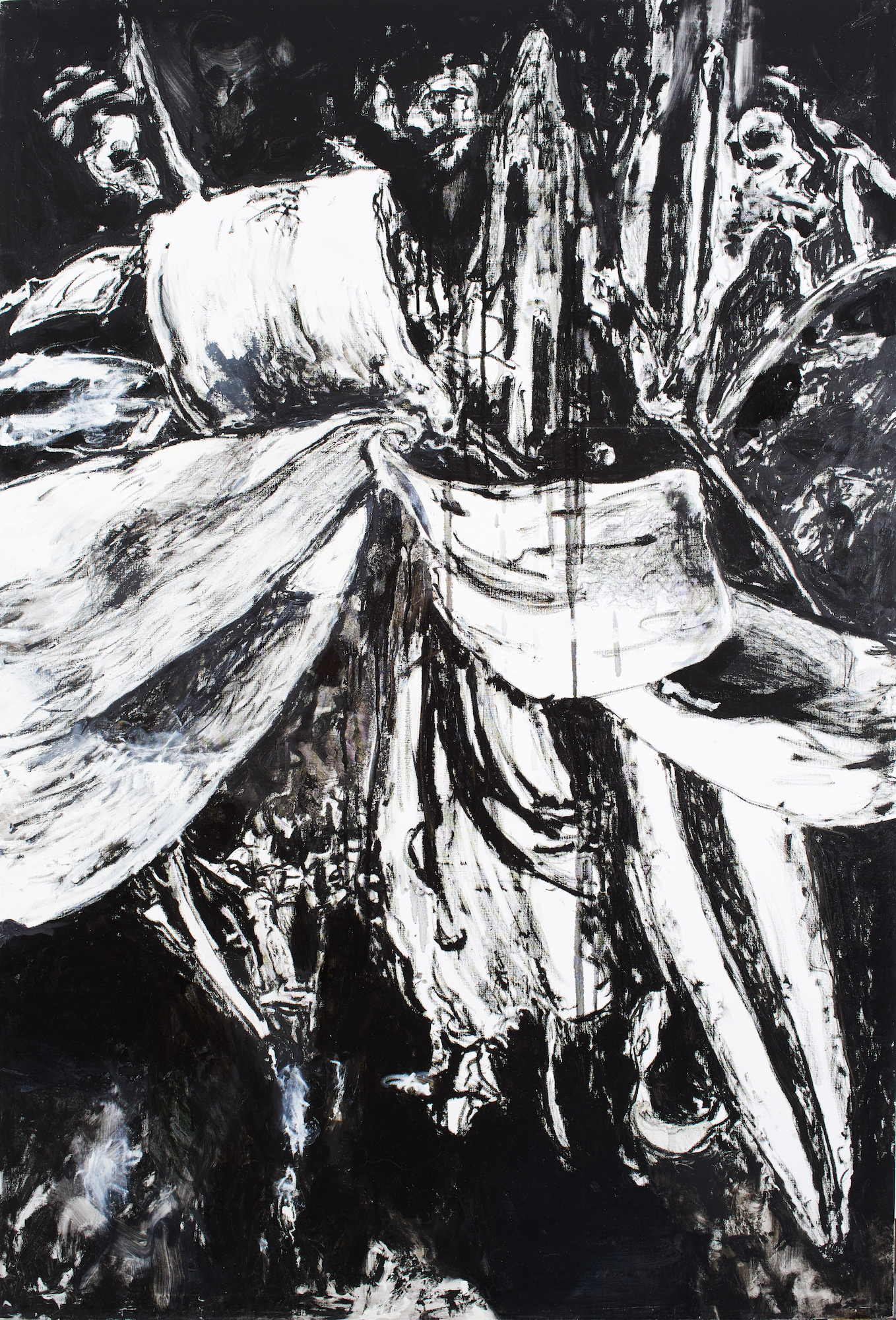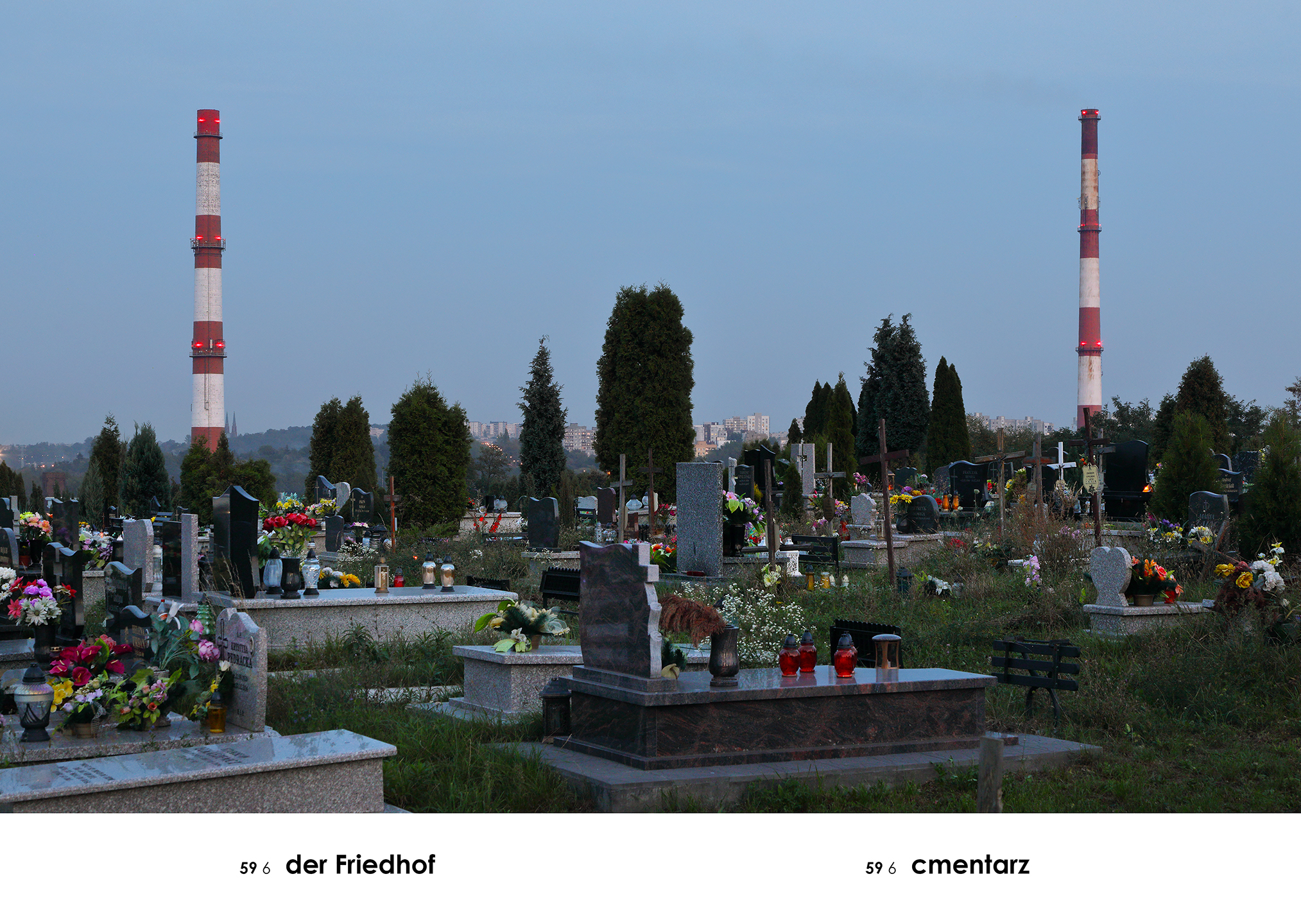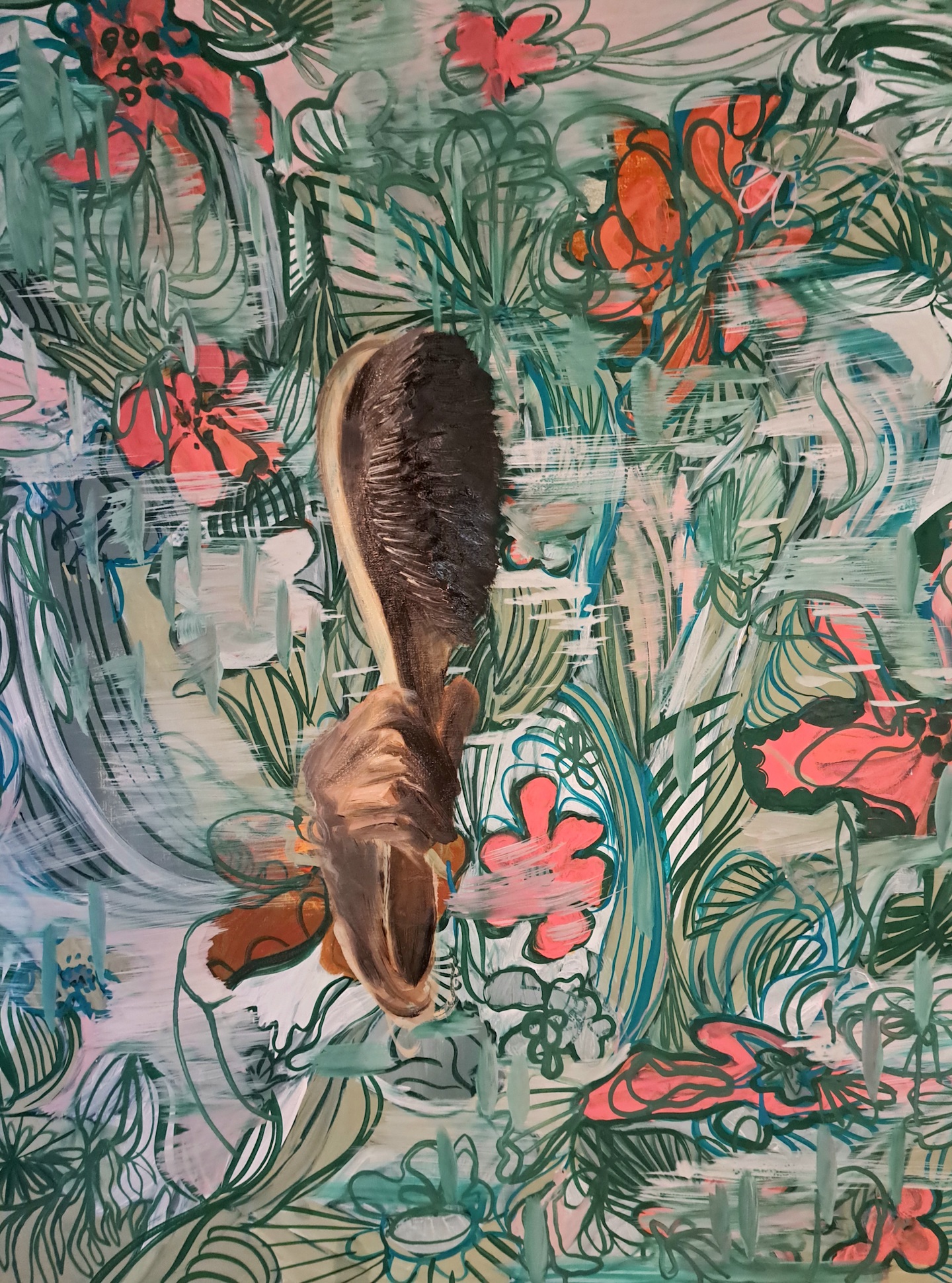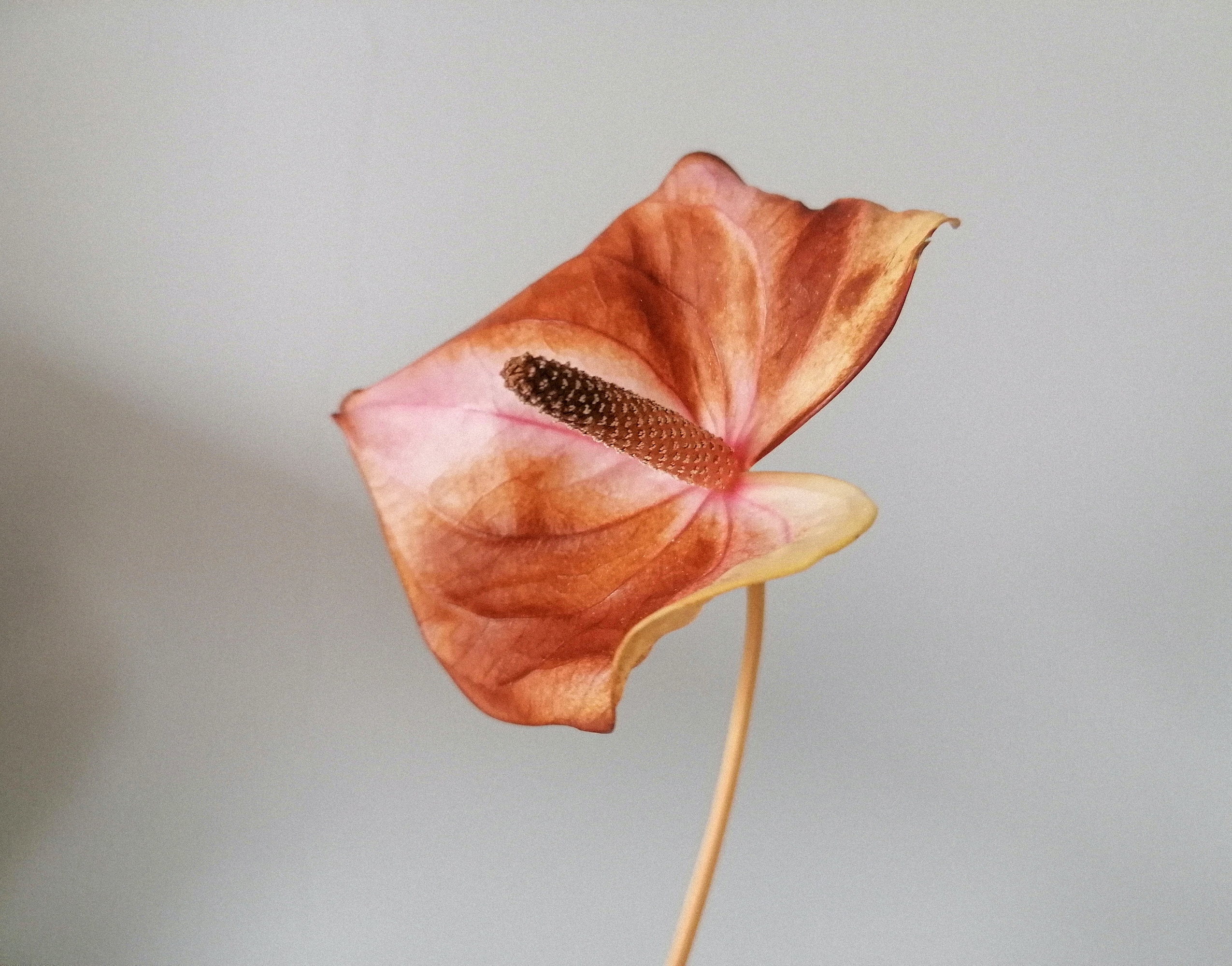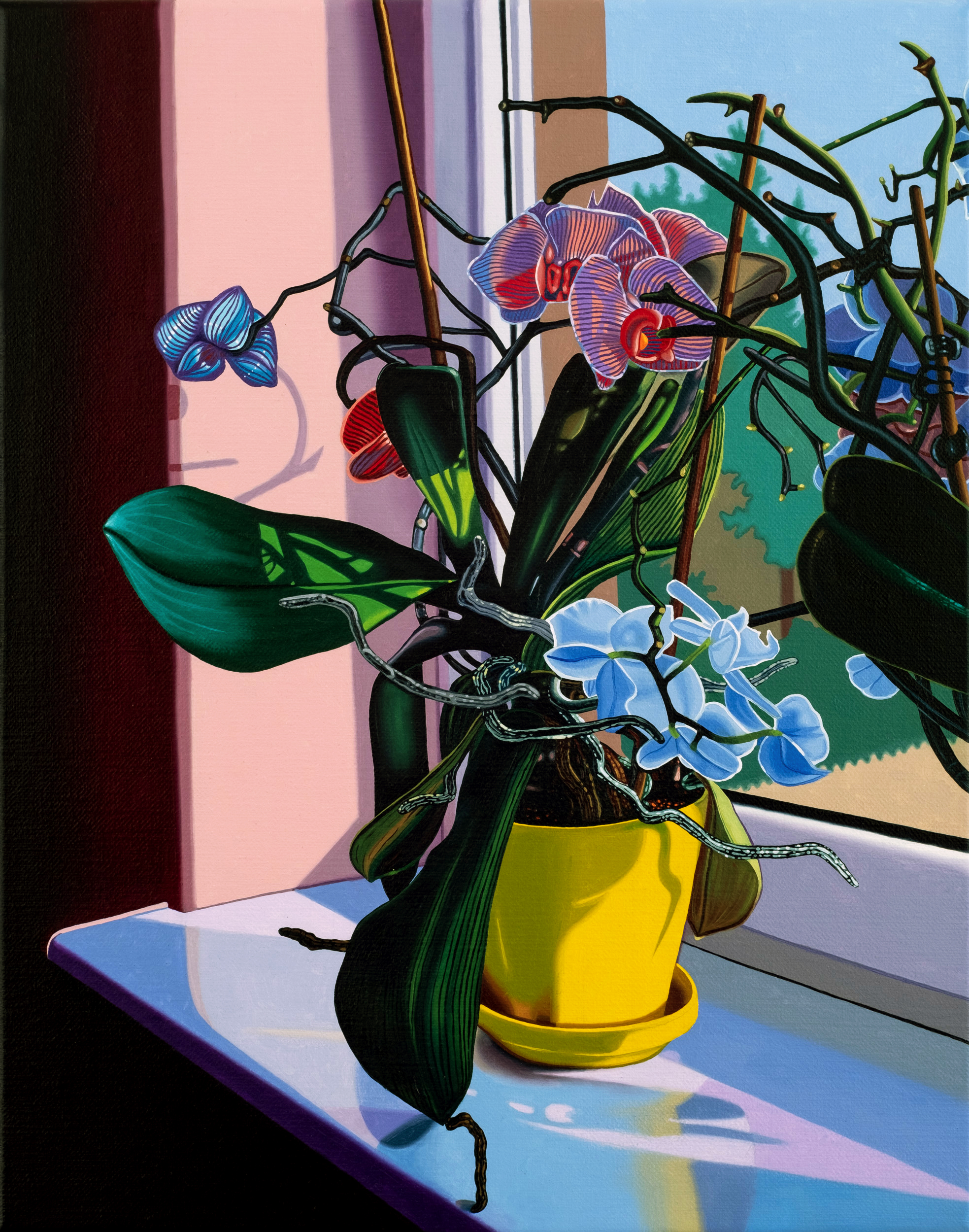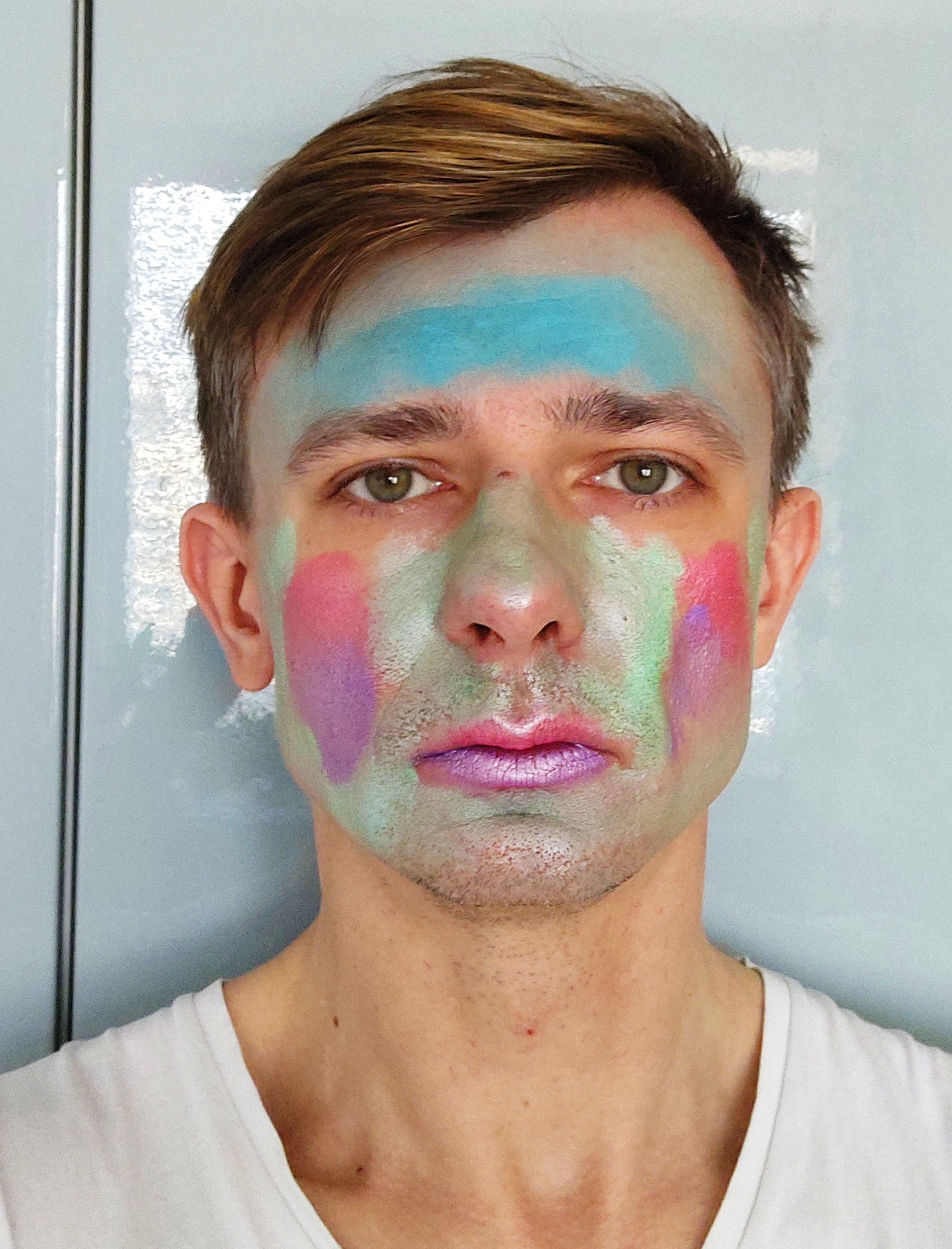September 23–October 29, 2023
Puławska 43/7
Warsaw 02-508
Poland
Hours: Friday–Sunday 4–7pm
InneTowarzystwo@gmail.com
Strange Garden (Dziwny Ogród) is a collective story composed of works by artists of different generations, who use floral and plant motifs to address difficult personal topics and problems affecting their communities or society at large. Visual appeal, color, and floral form in these works only serve to seduce the viewer to make instant connections to things that are difficult, painful, and sometimes traumatic, which we would rather not remember, let alone discuss.
The title of the exhibition, curated by Wojciech Gilewicz, comes from Józef Mehoffer, known for his canonical early 20th century Polish painting Strange Garden now in the permanent collection of the National Museum in Warsaw, which depicts a bourgeois family stroll in an idyllic summer moment amid flowers, fruits, and lush greenery. However, as scholar Izabela Kopania (Art Institute of the Polish Academy of Sciences) writes: “In recent years, taking another look at the composition of the painting and the various elements of the world presented, researchers have been paying more attention to motifs that introduce elements of anxiety into the arcadian depiction of the garden: the predation of the dragonfly, the withered tree, the sidelong gaze of the nanny, who seems to see something that others do not. It has been noted that these elements suggest the existence of another dimension, another realm that may threaten this Arcadia. Consistently, the painting has been read as combining two spaces: the space of sunshine and happiness, and the inevitably accompanying dark space of sadness and awareness of transience.”
The Strange Garden exhibition juxtaposes various artistic approaches to the subject of trauma. Next to the works of the late Krystiana Robb-Narbutt, who addresses the theme of the Holocaust among other topics, and whose small wood and glass showcases are shrines of everyday life (tiny flowers in pots, pussy willows, sweets), there is the work of Piotr Korol, who works directly with the materiality of objects such as a key or a chair. Grinding objects into powder, destroying them, he mixes their dust with paint medium to create abstract, monochromatic paintings. Especially for the exhibition, the artist has prepared a series of small paintings from powdered fragments of plants. The work of Jagoda Dobecka depicts herbs found in Poland that we might find on a walk in a meadow or a park. What these plants have in common is that they are considered to be abortifacients, and some of them have been used for centuries by witches and herbalists. Anna Panek has made a new installation for the exhibition: a site-specific painted curtain with an abstract pattern that tells the artist's personal story. Hung in the window of the apartment on Puławska Street, it will obscure the sweeping view of the beautiful Morskie Oko Park, a place of many traumatic events during WWII, still present in the collective memory of today's Warsaw. This very park is the subject of a text work by Agata Becher who brings the grim past into the present using trees as a metaphor for life and memory. Monika Mamzeta and Robert Kuta, developed in turn a performative project about female menopause and what it entails. Dagmara Barańska-Morzy tackles generational traumas, which, often unconscious, are transmitted across generations in the form of premonitions, secrets and understatements. Christmas trees found in dumpsters caught Małgorzata Pawlak's attention because of the undercurrent of drama this common sight carries. There are so many of them every year, and they say so much about our habits and inclinations. They are a symbol of how quickly what was in the spotlight of importance lands in the dustbin of memory. Her work is in dialogue with the works of Michał Slezkin, whose creative practice contemplates the process of passing and decay, and of Andrzej Tobis, for whom cemeteries are strange gardens: quiet places, full of flowers, even if most of them are artificial, and where dead people lie underground. The cemetery, for Tobis, is an anti-Eden, not the mythical garden from which we supposedly emerged, but the real garden where we will all undeniably end up.
Maks Cieślak, Kuba Falk, Wojciech Gilewicz, Agata Groszek, Hamed Jaberha, Bartosz Kokosiński, Julian Malinowski, Agata Nowosielska, late Janusz Petrykowski, Krzysztof Piętka, Katarzyna Proniewska-Mazurek, Katarzyna Sobczuk, Małgorzata Widomska, Julia Woronowicz and Dorota Czekalska, as well as Liliana Zeic (Piskorska) will also present their works in the exhibition. Grzegorz Bożek will make a mural based on one of his personal drawings in the exhibition space.
An integral part of the exhibition will be an exchange of potted plants. Anna Panek has said, “a plant is a bit like a person. We do not know how to take good care of every plant, and sometimes there are plants that we don't quite like because they have their own preferences, grow crooked, bend to the light or hide themselves.” Visitors to the exhibition are invited to bring plants that they no longer want, because they are too big or too small, grow too slow or too fast, that they have bad associations or memories with, plants that for some reason they can no longer care for. In exchange, visitors will be able to take a plant that they will enjoy and will take into their homes. This “sanatorium” of sorts for plants will be an ever-changing element of the exhibition, silently bringing to the picture these plants’ intimate stories that will remain beyond our grasp and that will slowly take over the exhibition space with time.
Importantly, the exhibition will open in the midst of the busy campaign leading up to the Polish parliamentary elections held every four years that will change the country for the better, or not. The results of the October 15th elections, where crucial questions will be asked, will show what kind of a country the people really want, not only for themselves, but also for the generation after them: the Arcadia from Mehoffer's painting or the anti-Eden from Tobis' photograph, where individual and collective traumas will be reinforced and celebrated by politicians and new ones created on an ongoing basis. It will all play out very soon. See you there!
Press enquiries: Bartek Remisko, bartek.remisko [at] gmail.com
The exhibition Strange Garden, curated at Inne Towarzystwo (Other Society) by Wojciech Gilewicz, is part of the second Fringe Warszawa (September 28–October 1, 2023)—an annual event that provides a platform for a diverse Warsaw art scene composed currently of some thirty independent and non-commercial venues and initiatives throughout the city, operating outside institutional establishments and commercial circles.
Inne Towarzystwo (Other Society) is a not-for-profit space run by independent artists. The collective formed just after the coronavirus pandemic on the very day of Russia's aggression against Ukraine. The first Other Society program consisted of tours and conversations with artists in their studios or apartments in Warsaw and all around Poland. Reports from these studio visits on Instagram, along with the growth of the collective's overall digital presence, became a means of promoting and thanking the artists for welcoming Other Society into their studios and artistic processes. Since June 2022, Other Society has been operating from premises on Puławska Street in Downtown Warsaw near the iconic Morskie Oko Park, where eight exhibitions have been held so far.


